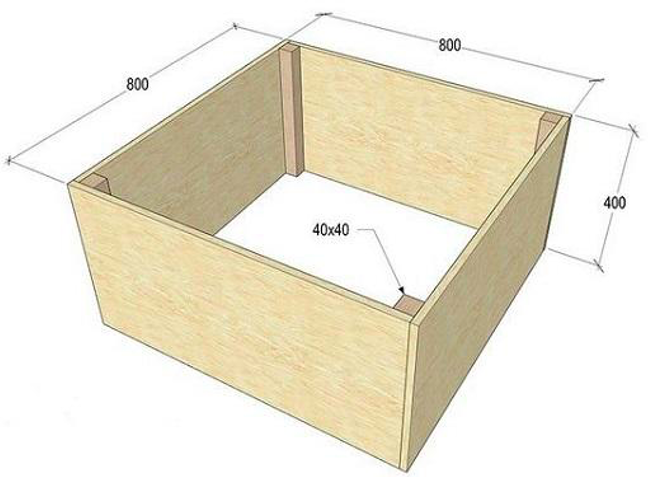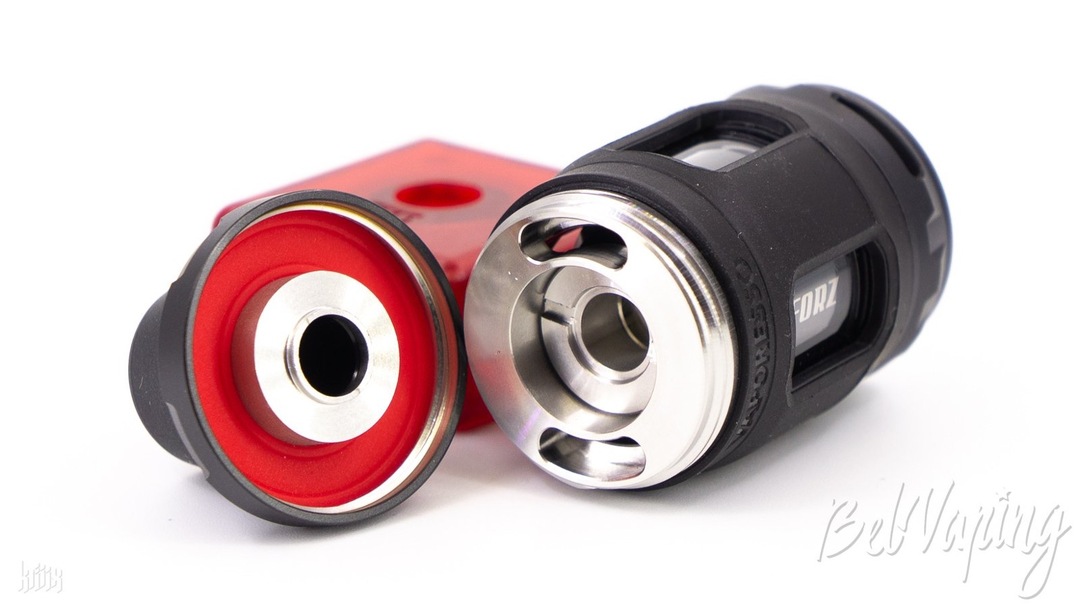Vertical washing machines are fundamentally different from frontal (horizontal) ones in that the laundry is loaded into the tank from above, and not from the side. They are more compact and less noisy, while they can work for several years with virtually no breakdowns. The advantages of top-loading washing machines, their disadvantages and features of work are described in detail in this article.
The content of the article
- Design features
- Advantages and disadvantages
Design features
The design of a top-loading washing machine has its own characteristics. The main difference is due to the fact that the hatch for loading laundry is located on top, that is, in the lid, and not on the side, as in more common frontal models.
Moreover, it is usually made of the same material as the body. Such a hatch, as a rule, is opaque, which also distinguishes it from devices with traditional horizontal loading.
The drum also has its own characteristics. It is equipped with 2 shafts (one on each side). They are fixed in the tank by means of 2 reliable bearings. In addition, the drum has flaps (1 and 2) that open during the process of loading the laundry, as seen in the diagram.

The top cover also functions as a tray for washing powder, as well as an air conditioner. Another interesting difference is that the control panel is also located on top of the rear. At the same time, the principle of operation of a top-loading washing machine is exactly the same as that of a horizontal one. An electric motor drives the drum, which, while rotating, performs both the washing process with a rinse and the spin cycle.
Advantages and disadvantages
As you can see, the vertical machine has its own characteristics. It works similarly to the front, but the constituent elements are located in other places. In this regard, the unit has quite a few advantages:
- Due to the vertical arrangement, the dimensions are reduced. The device becomes narrow, so it can be placed even in a small bathroom or placed in the kitchen, in the corridor in the corner.
- Despite the small dimensions, the capacity is sufficient - it is 4-5 kg, often 5-7 kg.
- It is easier to load things from above, this is especially important for older people who find it difficult to bend down and get laundry from the tank.
- Right during washing, you can look into the tank and, if necessary, add more clothes, even if the process is already underway.
- The drum is fixed in the volume of the tank not on one, but on both sides. Therefore, the load is reduced, which means that the service life is increased.
- Since the control panel is located at the back, this makes it possible to secure the devices from children's access.
- Finally, vertical machines are much less noisy even at maximum drum speed.

These devices also have disadvantages. The obvious minus is associated with the price - since the design is more complex, it usually costs 20-30% more than the front one. Along with this, there are other points:
- The machines are durable, but in case of a breakdown, repairs will cost more.
- It will not be possible to put such units under the countertop.
- Also, the top cover cannot be used as a small additional shelf.
- If the material is of poor quality, the hatch begins to rust due to frequent contact with water.

In general, vertical machines do not differ from horizontal machines in terms of the principle of operation. Although the design itself is more complex and allows you to load laundry from above. There are also features of operation. So, before washing, you need to carefully close the drum flaps - otherwise a big breakage may occur during operation.


